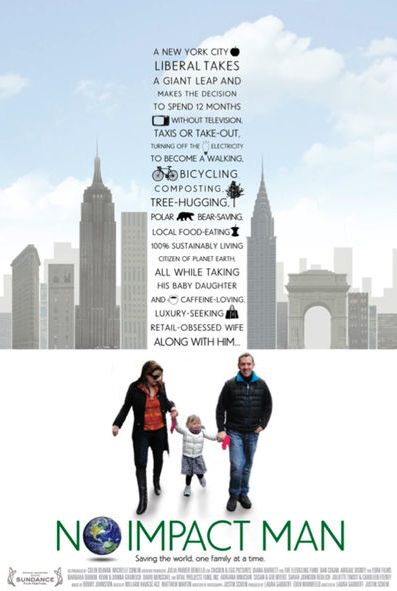In the Sept/Oct issue of Sierra Club Magazine, Club Chairman Carl Pope details four “fallacies about solving global warming” that must be scrapped in order to achieve “the transformational global deal we need to save our planet” in Copenhagen. Put in positive terms, and looking only at the specifics, Pope outlines the following platform.
1. Pricing carbon to subsidize renewables and energy efficiency.
2. International tax & dividend system to transfer fossil fuel-based corporate and national wealth acquired by exploitation of the global (carbon sink) commons.
3. Scrapping Kyoto: Copenhagen should start with a clean slate, unburdened by past political compromise.
4. A stronger bright line standard than 350 ppm.
Whew! The nation’s flagship environmental organization has put forward a sharp, short and functional solution around which US environmentalists and climate activists may rally and, perhaps, pull ourselves out of the dismal swamp of endless climate policy bickering and get on with the business of forcing the world to face climate cataclysm.
But Pope does not follow the logic of his own reasoning, writing that “with luck and political will, President Barack Obama could have a signed act in his pocket” in time for Copenhagen.
The disconnect here is staggering.
Putting ACES into law, in any form likely to reach President Obama’s desk, would be the zenith of all four fallacies. ACES will codify a bright line that will destroy life as we know it, forestall any reasonable prospect for carbon tax, tax & dividend or any other alternative to the dysfunctional “cap & trade” shuck, and most glaring, tie the hands of the US and international community of nations to the bankrupt dead weight of Kyoto. The burden on US environmentalists who have striven mightily to fit climate reality into present political boundaries is immense. Pope’s surreal argument indicates that the cost to straddle the widening chasm is now reason itself.
The 4 four platform outlined by Pope, however, is worthy of support.
It would have been better if the Sierra Club had specifically called for the cap on fossil fuel extractions that, in the end, will be the prime mechanism by which carbon emissions are rapidly phased out; the building block on which all pricing, taxes, incentives and end-of-the-pipe emissions regulations are dependent. When the world’s nations do take responsible action, they will turn to the Montreal Protocol on Substances that Deplete the Ozone Layer as our only successful international precedent for prompt collective action to avert global catastrophe. Though Pope does not specify, I’d like to assume that the “tax & dividend” approach Sierra Club has in mind draws on the model proposed by Peter Barnes, which unlike all other schemes aimed at shoehorning climate solutions into the severe limits of cramped present day politics, is keyed to fossil fuel production rather than carbon emissions, thereby staking out a critical “up stream” beachhead.
I agree with Pope’s view that the 350 ppm bright line to pull back from major climate tipping points and avoid the point of no return, as originally proposed by Jim Hansen, is not strong enough (it should be noted that Hansen specified 300-350 ppm). Bill McKibben’s 350.org, which is leading the global drive to put 350 ppm on the table at Copenhagen, has adjusted its definition from atmospheric carbon concentration to carbon equivalent to reflect the important role of methane and other non-carbon greenhouse gases, yet the cascade of new evidence does argue for 300 ppm ce or, as David Spratt, author of Code Red bluntly puts it, a return to the pre-industrial level of 275 ppm. This is a crucial question, but given the present trajectory and the time frame for global political action, I am persuaded by McKibben’s argument that, “any climate target lower than where we are right now—be it 350 CO2e, 350 CO2, or anything else—represents a transformative shift in how the world operates.”
The great thing about Pope’s 4 point agenda, like all other foundational tenants (think 10 Commandments or 12 Steps) is that it cuts through indecision, chatter and obfuscation, making heretofore uncomfortable and confusing questions easy to call. Following the logic of Pope’s platform, we must:
Redouble our campaigning to put 350 ppm (or better!) on the table for serious debate at Copenhagen.
Craft an omnibus proposal – including carbon pricing, massive investment in renewables and efficiency, tax & dividend (upstream) and 350 ppm – around which environmentalists, climate action advocates, scientists and others will rally, establishing a clear-cut alternative – in worldview, sense of urgency, awareness of scale and political imperatives – to current proposals and civic discourse, which denies or downplays risk and considers only paper solutions.


